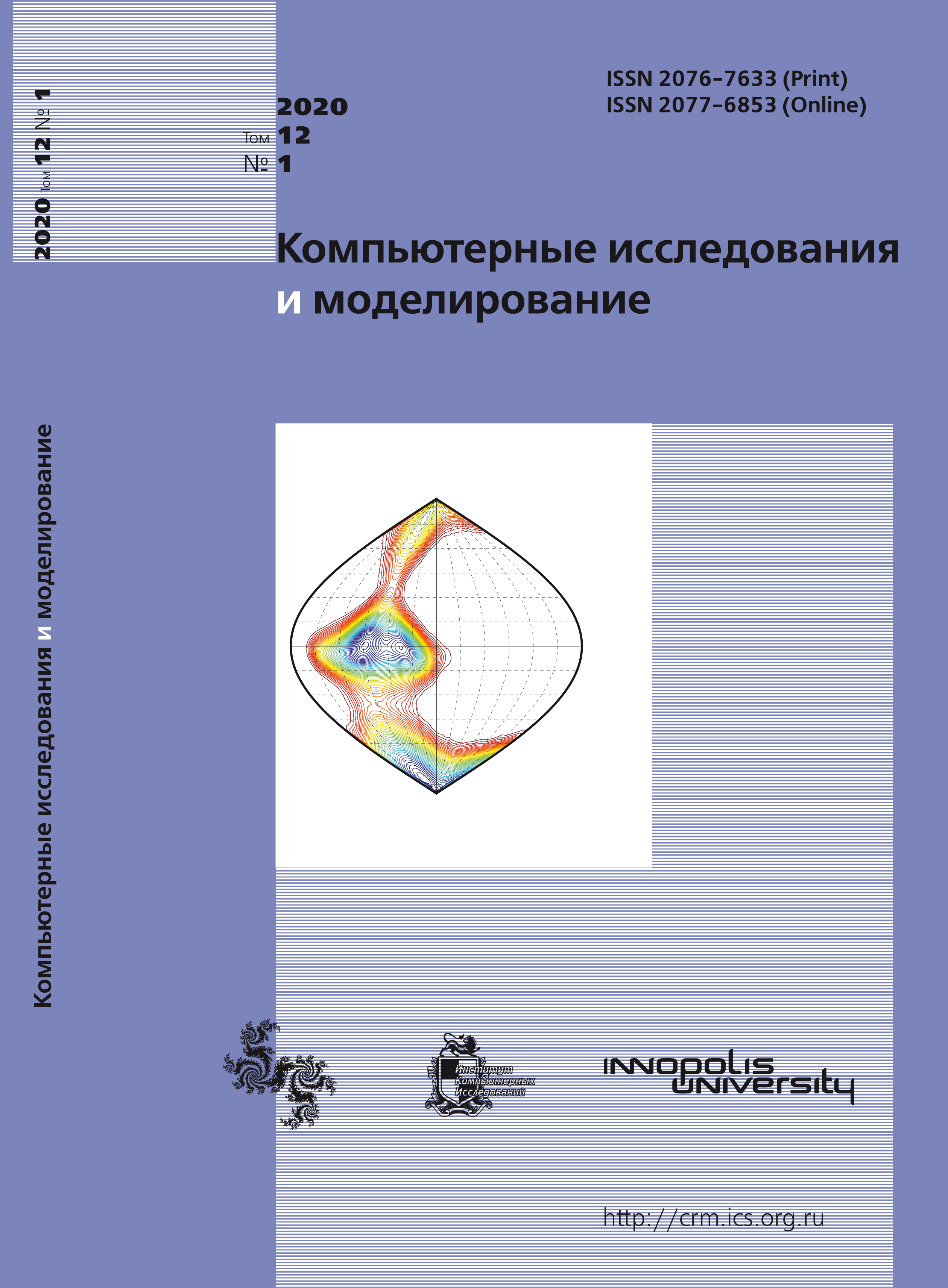All issues
- 2024 Vol. 16
- 2023 Vol. 15
- 2022 Vol. 14
- 2021 Vol. 13
- 2020 Vol. 12
- 2019 Vol. 11
- 2018 Vol. 10
- 2017 Vol. 9
- 2016 Vol. 8
- 2015 Vol. 7
- 2014 Vol. 6
- 2013 Vol. 5
- 2012 Vol. 4
- 2011 Vol. 3
- 2010 Vol. 2
- 2009 Vol. 1
Mathematical models of combat and military operations
 pdf (890K)
pdf (890K)
Simulation of combat and military operations is the most important scientific and practical task aimed at providing the command of quantitative bases for decision-making. The first models of combat were developed during the First World War (M. Osipov, F. Lanchester), and now they are widely used in connection with the massive introduction of automation tools. At the same time, the models of combat and war do not fully take into account the moral potentials of the parties to the conflict, which motivates and motivates the further development of models of battle and war. A probabilistic model of combat is considered, in which the parameter of combat superiority is determined through the parameter of moral (the ratio of the percentages of the losses sustained by the parties) and the parameter of technological superiority. To assess the latter, the following is taken into account: command experience (ability to organize coordinated actions), reconnaissance, fire and maneuverability capabilities of the parties and operational (combat) support capabilities. A game-based offensive-defense model has been developed, taking into account the actions of the first and second echelons (reserves) of the parties. The target function of the attackers in the model is the product of the probability of a breakthrough by the first echelon of one of the defense points by the probability of the second echelon of the counterattack repelling the reserve of the defenders. Solved the private task of managing the breakthrough of defense points and found the optimal distribution of combat units between the trains. The share of troops allocated by the parties to the second echelon (reserve) increases with an increase in the value of the aggregate combat superiority parameter of those advancing and decreases with an increase in the value of the combat superiority parameter when repelling a counterattack. When planning a battle (battles, operations) and the distribution of its troops between echelons, it is important to know not the exact number of enemy troops, but their capabilities and capabilities, as well as the degree of preparedness of the defense, which does not contradict the experience of warfare. Depending on the conditions of the situation, the goal of an offensive may be to defeat the enemy, quickly capture an important area in the depth of the enemy’s defense, minimize their losses, etc. For scaling the offensive-defense model for targets, the dependencies of the losses and the onset rate on the initial ratio of the combat potentials of the parties were found. The influence of social costs on the course and outcome of wars is taken into account. A theoretical explanation is given of a loss in a military company with a technologically weak adversary and with a goal of war that is unclear to society. To account for the influence of psychological operations and information wars on the moral potential of individuals, a model of social and information influence was used.
Indexed in Scopus
Full-text version of the journal is also available on the web site of the scientific electronic library eLIBRARY.RU
The journal is included in the Russian Science Citation Index
The journal is included in the RSCI
International Interdisciplinary Conference "Mathematics. Computing. Education"






